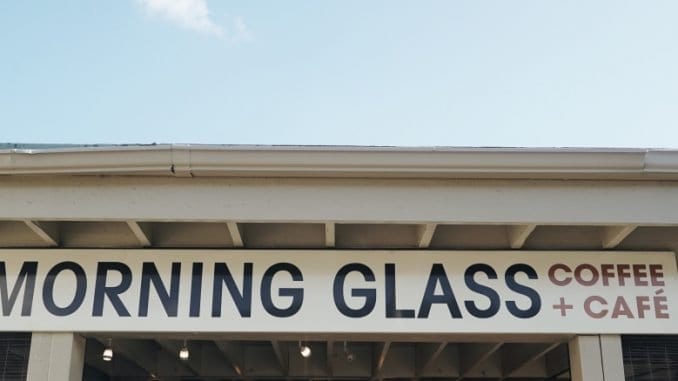
In this edition of our Hawaii series, we look at café culture and how being America’s main coffee producer has helped shaped the burgeoning local scene.
BY CHRIS RYAN
BARISTA MAGAZINE ONLINE
Cover photo courtesy of Morning Glass Coffee
Over the last several months, our “On an Island” series has looked at the landscape of Hawaii’s coffee industry, an experimental new growing region pushing quality boundaries, and the unique relationship between price and quality in Hawaiian coffee. As the series winds down, we look at the state’s vibrant café scene, led by Honolulu.
As specialty coffee’s popularity has surged in recent years, café cultures have popped up in city after city around the world, sometimes seemingly overnight. It didn’t happen quite that quickly in Honolulu—Hawaii’s capital, located on the island of Oahu—but the development was fast. Honolulu may house a population of 400,000 and serve as home to the University of Hawaii in Manoa campus, but a mere seven years ago, the city didn’t have much of a coffee scene. “There were a few national and local chains,” says Miguel Meza, owner of Paradise Coffee Roasters, “but there wasn’t really a specialty-coffee scene as it is currently understood, with distinctive, hand-crafted coffees.”
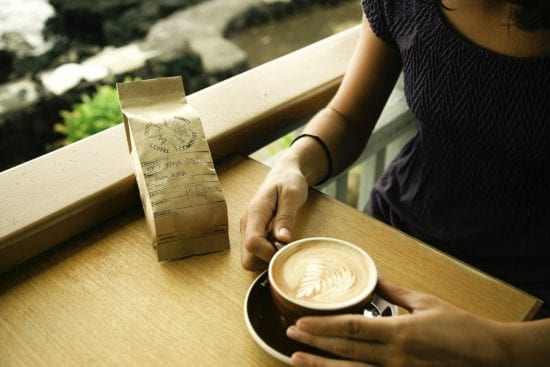
Fast forward to 2017, and Honolulu boasts dozen of specialty coffeehouses that seek to offer the best-quality coffees to visitors. So how did this scene come together so quickly? Mahina Akimoto, general manager of Honolulu café Morning Glass Coffee, says tourism and demand were two key factors. “People who are visiting or moving to Honolulu from larger cities where specialty coffee is more prevalent are looking for that product while they’re here,” she says. “However, just as significant to growth amongst the locals is the notion of accessibility. As more specialty coffee emerges, more local people are exposed to how great a cup of coffee can be.”
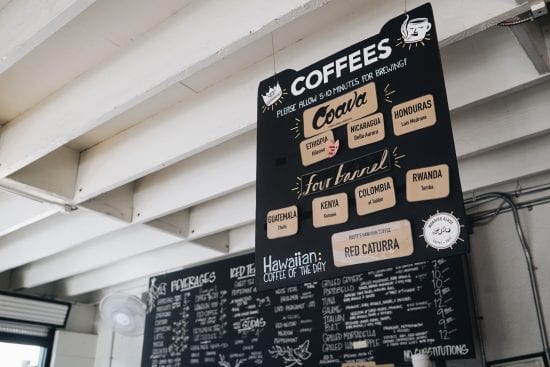
Morning Glass opened in 2011 and offers coffees from San Francisco’s Four Barrel and Portland, Ore.’s Coava, in addition to local roasters like Big Island Coffee Roasters and Rusty’s Hawaiian Coffee. The multiple-roaster concept is popular in Honolulu cafés, as is carrying coffees from both Hawaiian and mainland roasters to appeal to different audiences. “The Hawaiian coffee tends to be more popular with visitors, while coffees sourced and roasted by Coava or Four Barrel tend to be more popular amongst locals,” says Mahina.
Because of Hawaii’s high cost of production mentioned in previous installments of this series, most shops will price their Hawaiian-grown beans a little higher. “If it’s local and they’re explicitly stating it’s local, it’s anywhere from $4 to $6 at a café,” says Shawn Steiman, who lives in Honolulu but operates Daylight Mind Coffee Company on the Big Island. “But otherwise you’re probably paying $2 or $3 for a cup of coffee.”
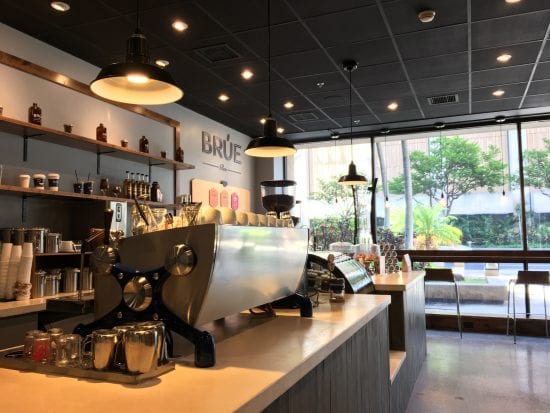
Of course, the ability to offer exquisite coffees from farms located just a short distance away is a distinguishing characteristic of Hawaii’s café culture. “We are so lucky to be making coffee in a place where coffee grows,” says Courtney Heim, owner of Brue Bar, a multi-location Oahu shop that serves coffee from Santa Cruz, Calif.’s Verve Coffee. “We are able to experience the whole process from growing, picking, processing, roasting, and brewing which creates a great sense of appreciation for our industry.”
Justin Schiada has a similar attitude toward offering Hawaiian coffees at Roadcase Coffee, his Oahu-based mobile operation that serves coffee from both mainland and local roasters. “Buying Hawaiian coffee is important to me because I live here, and if I want this community to grow, I need to invest in the people who are doing the work to move it forward,” he says.
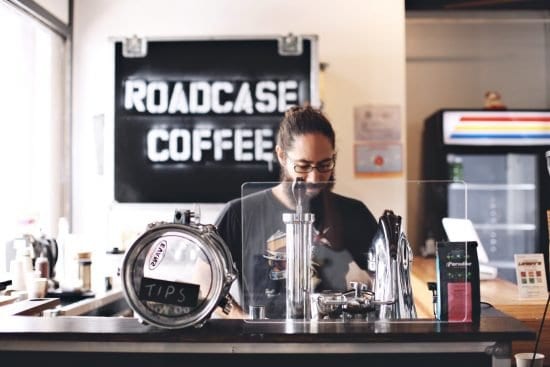
However, having moved to Honolulu three years ago from Los Angeles, Justin has a strong connection to many of the roasters he discovered while living stateside. In his view, exposing some of the finest specialty coffees to a Hawaiian audience is not just about offering great-tasting drinks, but also about encouraging the quality development of Hawaii’s third-wave coffee culture. “My favorite roasters from around the U.S. have deeply changed my perspective on what coffee quality potentially can be,” he says. “I think it’s important for the local community to keep up or at least be aware of the innovation happening elsewhere. We are stuck in this microcosm thousands of miles from anything, so it can be easy to lose sight. Luckily there’s the internet now.”
In the next and final installment of “On an Island,” we’ll further explore Hawaii’s café culture by venturing outside of Oahu, as well as discovering more about the Hawaiian coffee community that has formed to helped strengthen the industry.

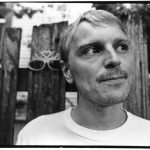
It sounds like an exciting place to be a fan of great coffee. You keep making me proud Justin.